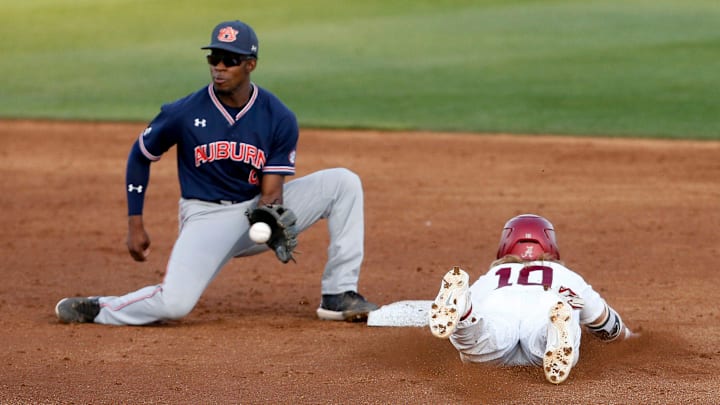The Diamondbacks came off one of their worst seasons in recent memory last season. After a lengthy lockout comes a lot of reflection. What is the state of the franchise? How do the next few years look? Let's take a look at the best second base options for the Diamondbacks going forward.
The main resource I look at when evaluating prospects is Fangraphs. I'll be looking at both scouting reports and minor league stats if available, although, for some players, the minor league stats won't paint a great picture.
I also want to give a quick primer on Fangraphs' scouting grades for hitters. Every scouting grade is on a 20-80 scale, where 50 is considered Major League average for a given tool. Hitters are evaluated on five tools The first is the hit tool, which is the general ability to hit the baseball along with all the mechanics that come with that, Next is raw power, which is just the sheer distance a player can hit the ball. After that is game power, which is an estimate of how many homers they can be expected in the majors. Next is speed. Speed is one grade that can clearly be derived from an actual test rather than the eye test. Baseball America grades theirs by 60-yard dash times and home to first times, both very good estimates. Finally, we have fielding, which is another eye-test heavy grade. All of these have
present and future grades, but we'll just focus on future grades here.
With all those numbers in mind, they'll all get an overall grade, which Fangraphs lists as "FV" or future value. FV corresponds to roles and WAR estimates. Sometimes FV can get accompanied by a +, which can indicate a higher ceiling that might not warrant an incremental upgrade (i.e. from 40 to 45.) If you want more info on FV, definitely check out the excellent FanGraphs Scouting Primer.
Before we get into the players, I want to note that these guys aren't all primary second basemen. More often, they'll often get listed as shortstops or another infield position, but the roles and positions they'll play will get influenced by their timelines, who's already up in the bigs, and the needs of the organization at higher levels. That being said, let's take a look at the players!
